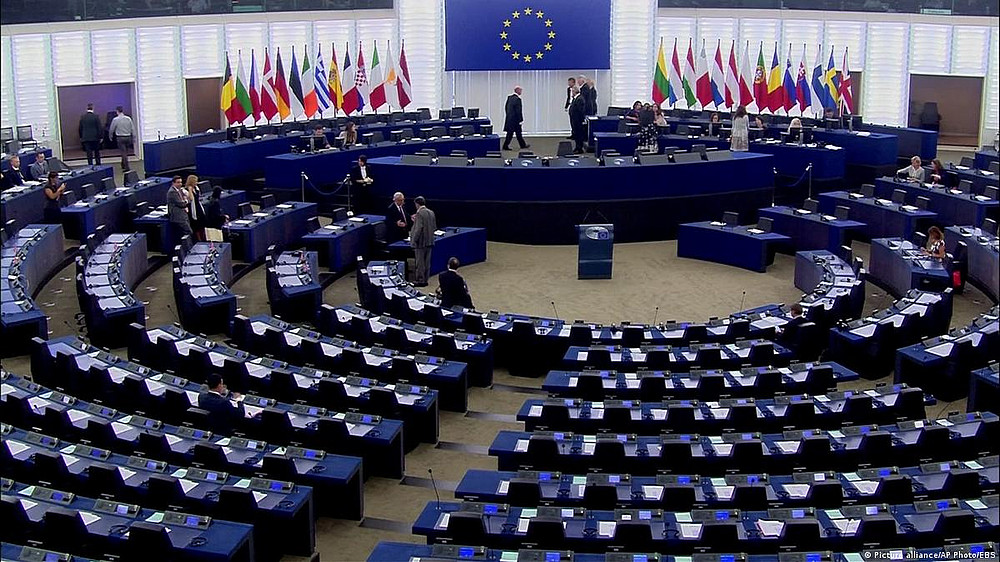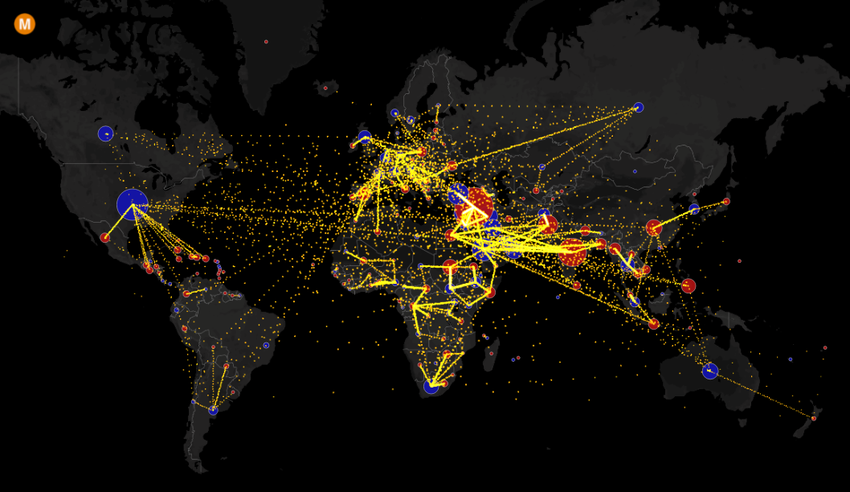Research Unit 1
Governance, Technology, and Mapping of the Elastic Border
The first Research Unit explores the legislative and technological transformations of the EU’s elastic border in three subprojects. Our starting assumption is that border elasticity has been facilitated through legislative and technological innovations. Further, while much migration research focuses on determining push and pull factors to explain flows, types, and drivers of migration, the dynamism of borders has not been comprehensively studied so far. The first two subprojects explore the legal and technological frameworks which enable the elastic border, while the third subproject will map the movement of the border over a period of ten years, thus delivering an original empirical substantiation of the conceptual shift from a static to a fluid understanding of borders.
Subproject 1: The Legal and Policy Framework of the EU's Elastic Border
Over the past decades, the EU has built a complex legislative and policy framework to control, regulate and govern its external borders. The particular policy and legislative architecture of the EU, comprising both regulations as well as secretive bilateral agreements with third countries, have promoted a high degree of border elasticity with the accompanying deployment of a flexible, adaptable, and moveable apparatus of means for the registration, identification, deterrence and repulsion of migrants. Policymaking in this field remains highly dynamic and increasingly opaque. Researcher Alexandra Bogos is undertaking a comprehensive study at the EU Level with document analysis and interviews to delineate the specific legislative and policy framework that enables the elastic border.

Subproject 2: The Science and Technology of the EU's Elastic Border

This subproject examines the scientific discourses and technological means which enable border elasticity. We argue that borders are also made elastic through the EU’s increasing reliance on digital surveillance technologies, biometric registration, and personal data technologies, especially when it comes to undocumented migration and asylum procedures. Policymakers and the security industry promote technological innovations such as artificial intelligence and biometric techniques as potential means to rapidly and impartially separate asylum seekers from economic migrants. This would involve speedy identification and verification procedures, ideally even before the act of border crossing . Researcher Dr. Laura Jung is conducting a comprehensive survey of the digital, algorithmic, and biometric technologies at the EU`s external frontiers, as well as analyzing the scientific discourses which underpin the elasticity of the European border.
Subproject 3: Mapping and Visualizing the EU's Elastic Border
This subproject will explore the patterns of movement of the EU border over time and space by tracing, mapping, analyzing, and visualizing the extension and retraction of the European frontiers between 2015 and 2025. The digitial mapping of the extension and retraction of border practices employed at the EU’s external frontier will not only enable a delineation of the shapes, patterns, and movement of elastic borders but also deliver a groundbreaking empirical substantiation of the conceptual shift from a static to an elastic understanding of borders.
